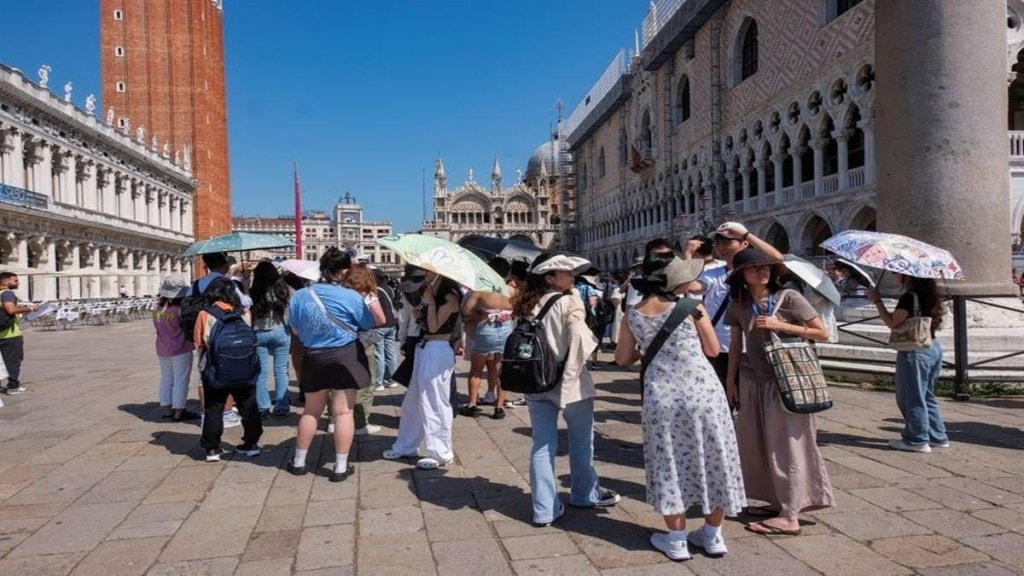There is a deep connection between climate change and cities. Extreme weather conditions caused by climate change, which include floods, snowstorms, wildfires, ice storms, heat waves, droughts or hurricanes, have made cities the world over face irreversible and harmful damage from the effects of climate change.
While there’s talk of making cities and human settlements inclusive, safe and resilient, many places are not the best examples of this. The latest place that would enter Unesco’s recommended list of world heritage in danger is Venice, a popular city where tourists from all over the world flock to see its romantic canals, bridges and gondolas. The UN agency says the Italian city faces ‘irreversible’ damage from effects of the climate crisis, especially after the 2019 flooding, and mass tourism. This is the second time after 1987 that Venice is under this threat.
Unesco said in a statement, “The effects of the deterioration due to human intervention, including continuous development, the impacts of climate change and mass tourism threaten to cause irreversible changes to the outstanding universal value of the property. Moreover, the combined effects of human-induced and natural changes are causing deterioration and damage to build structures and urban areas.”
The UN agency blames Venice and its authorities for “lack of significant progress” in strategic thinking and addressing the issues. This time the recommendation will be put to a meeting of Unesco’s world heritage committee in Riyadh in September.
Apart from Venice, the agency experts recommend Odessa in Ukraine; the town of Timbuktu in Mali, and several sites in Syria, Iraq and Libya, as well as cities of Kyiv and Lviv in Ukraine, to be put on the danger list.
There are, however, many illustrative examples that have been tagged as dangerous in the past. The Iranian city of Bam where 26,000 people lost their lives in the earthquake of December 2003, was simultaneously inscribed on Unesco’s World Heritage List and on the List of World Heritage in Danger in 2004. Bamiyan valley in Afghanistan was inscribed on the list of World Heritage in Danger in 2003 for suffering from abandonment, military action and dynamite explosions. The historic town of Zabid in Yemen has deteriorated with 40% of its original houses being replaced by concrete buildings. Since 1994, the National Parks of Garamba, Kahuzi-Biega, Salonga, Virunga and the Okapi Wildlife Reserve in the Democratic Republic of the Congo were included in the list as a result of the impact of the war and civil conflicts in the Great Lakes region.
India, if not tagged by the UN agency, is not unaffected either, as landslides, flooding, rains and man-made construction have wrecked several parts of Himachal Pradesh, Uttarakhand and Delhi-NCR region. Blame it on road alignment or tunnel construction, the cities in north India are threatened by warming temperatures as well as unpredictable effects of climate change and mass tourism.
In fact, many studies on the environment published in the past have warned that several Asian cities may bear significant consequences by 2100 for high levels of greenhouse gases. The sea level in coastal Indian cities could also rise and lead to submerging of places in Mumbai, Kochi, Mangalore, Chennai, Visakhapatnam, and Thiruvananthapuram by 2050.
